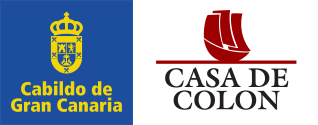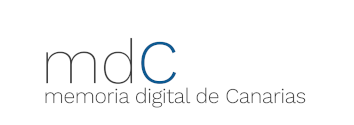El espacio atlántico en el siglo IX a través del anónimo Sitvs Orbis Terre vel Regionvm / The Atlantic area in the ninth Century through the anonymous Sitvs Orbis Terre vel Regionvm
Palabras clave:
geografía, Edad Media, educación, islas atlánticas, geography, Medieval Age, education, Atlantic islandsResumen
En el siglo IX la geografía (orbis descriptio) no formaba parte del canon de artes liberales. Sin embargo, a través del anónimo Situs orbis terre uel regionum, un unicum conservado en el ms. lat. 4841de la BNF, sabemos que los grandes centros intelectuales carolingios la incluían en el currículo escolar. Como el Liber de mensura orbis terrae de Dicuil y el anónimo De situ orbis de Leiden, muestra el bagaje que los sabios de la época nos han legado y, en este sentido, el espacio atlántico sobresale por encima de los demás como mare ignotum, un lugar plagado de maravillas, que el autor trata de dar a conocer de una manera veraz.
In the 9th century, geographical knowledge (orbis descriptio) was not part of the Liberal Arts. Nevertheless, the anonymous Situs orbis terre uel regionum (an unicum preserved in MS. BNF Lat. 4841) proves that Geography was part of the curriculum of major Carolingian intellectual centers. As is the case of the Liber de mensura orbis terrae de Dicuil and the Anonymous De situ orbis of Leiden, BNF’s De situ orbis shows the legacy from the learned men of that time. The text includes a contemporary vision of the Atlantic as a sea (mare ignotum) that constitutes other maritime spaces, being a place full of wonders truthfully presented by the author.








